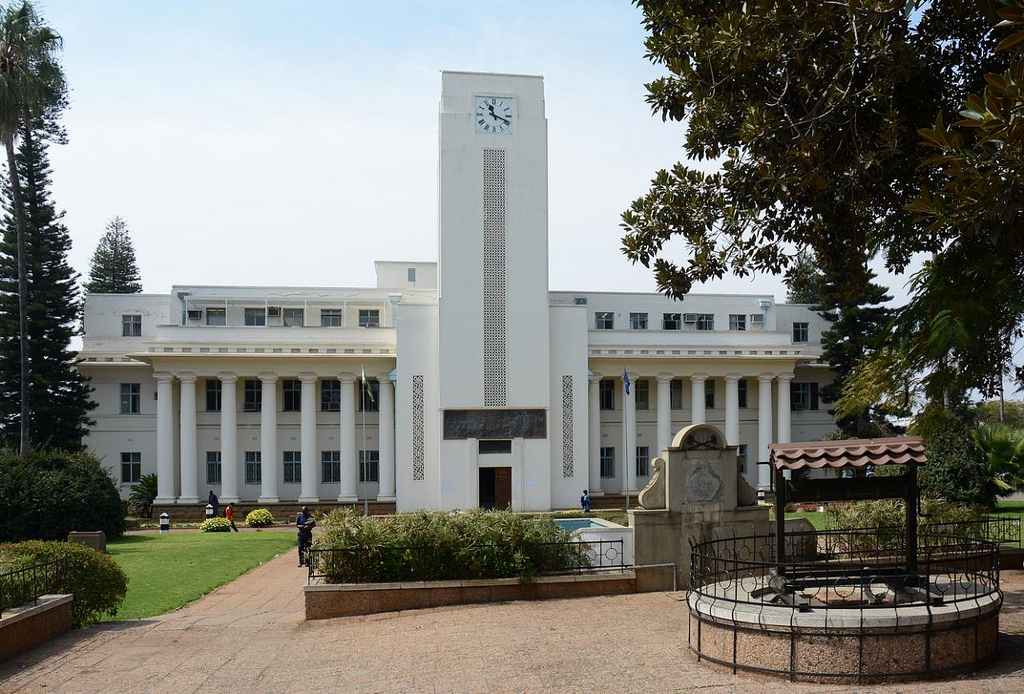Home Affairs Minister Kazembe Kazembe has delivered a thinly veiled swipe at former Citizens Coalition for Change (CCC) leader Nelson Chamisa, urging him to take his 2023 election dispute to President Emmerson Mnangagwa, who assumed the chairmanship of the Southern African Development Community (SADC) on Saturday. The 2023 Zimbabwean elections were marred by irregularities, with […]









